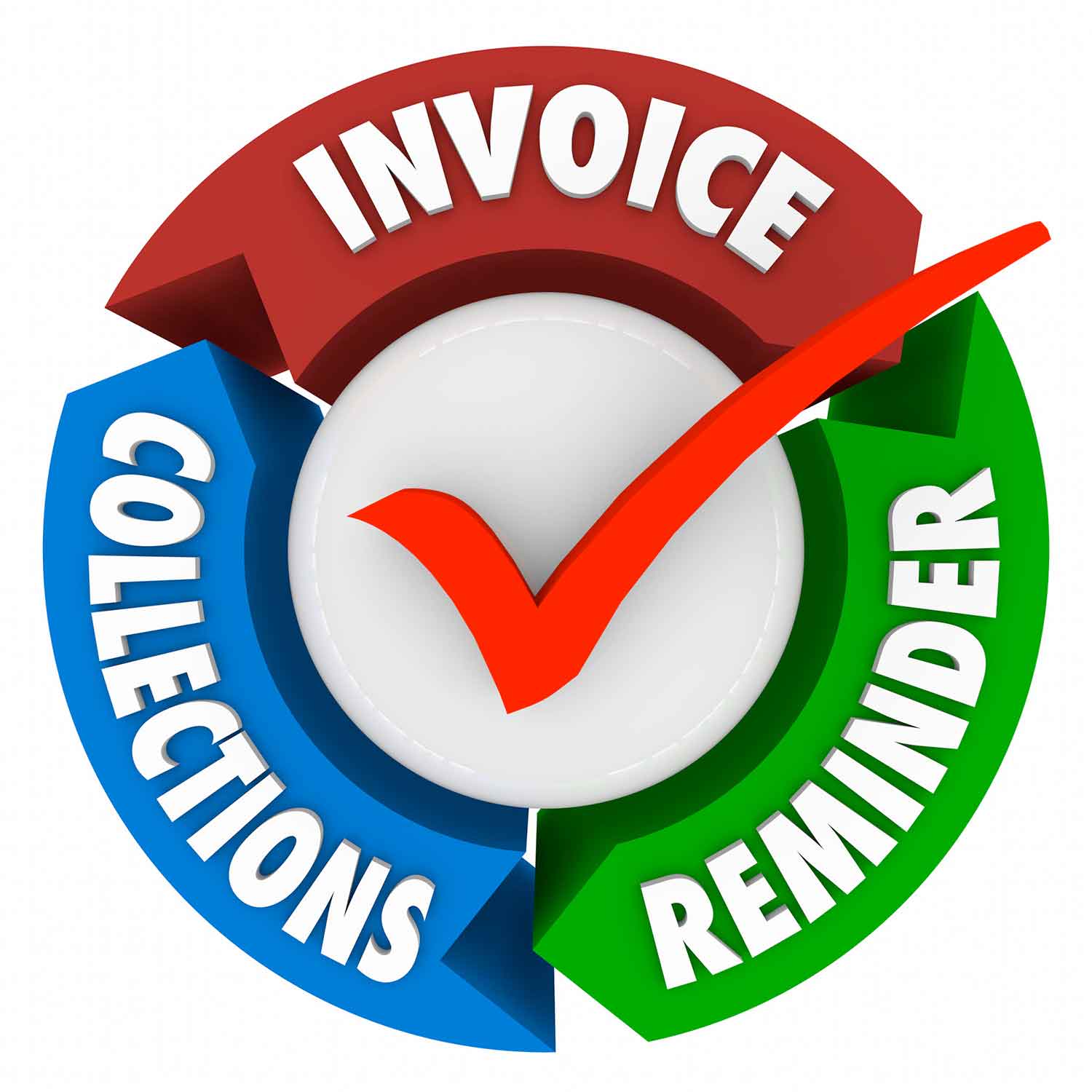Customer non-payment is becoming an issue. People owe us money and I want to get paid! We were busy last quarter and we didn’t stay on top of collections. Now even current clients are slowing down payments. I’m starting to worry about how I’m going to pay our bills. How many accounts receivable is enough or too much?
Thoughts of the Day: Address customer non-payment promptly. There are business cycles when things seem to dry up, and falling into one of those cycles can make it really difficult for any business. Carrying accounts receivable means you’re running the risk of not getting paid. Not carrying accounts receivable means leaving money on the table, sometimes. Don’t hesitate to rein in a really good customer. Make sure that collecting money is everyone’s job. Get tools in place to make the job easier.
Avoid the risk of customer non-payment
Many businesses have failed with too much of a good thing — lots of orders, followed by too much of a bad thing — unfulfilled promises to pay. If you’re going to go to the trouble of producing a product or delivering a service, make sure you will get paid for the effort.
Think about your own business. There are probably times when your company is flush with cash and times when things get really tight. The same happens to other businesses as well. Here are a few common influencers: big bid awards in the spring, paying taxes before the October deadline, and clearing out the bank account at year-end.
Make a list of the cycles you’ve seen in your industry. Lay it out in a calendar so you know when the peaks and valleys occur. Get ahead of the valleys by stepping up pressure to get paid a month or two before the valley hits. Ask for prepayments when companies are at the top of their cash flow cycle.
Ever have to write off a bad debt? Why? Because the client decided not to pay. Whatever excuse is given, the client made a choice and your company came up short.
Make sure that you minimize the reasons why your company might not get paid. Have a written scope of work signed by an authorized officer of the client company. Specify payment terms and what happens if payment terms are not met.
Beware of the client who presses you to negotiate away all of your company’s leverage. Grabbing for a great deal that almost seems too good to be true — that’s a warning sign for you to exercise care and restraint in your credit authorization.
Manage late payments maintain cash flow
Keep a close watch on accounts receivable. Set limits for how to wait to get paid. When things get busy making it someone’s job to watch and report on the aging of every account, every week. Send off warning flags at 30 days past due, rather than 60. If a client gets to 60 days late, they’re probably juggling vendors who also delivered stuff two months earlier. Meanwhile, that client’s focus is now on keeping things rolling with new orders, which may include moving on to new vendors if you shut them off. Once they don’t need you anymore, your leverage is down to legal maneuvering which can take time and money.
On the other hand, walking away from business when you can afford to extend credit can also be a mistake. Don’t leave business on the table for some other competitor to pick up if you can afford to extend terms and if the customer is creditworthy.
Check customer creditworthiness before negotiating payment terms. The best credit check of all may be to talk to a number of your potential client’s vendors. They’ll know if customer non-payment is an issue.
It’s easy to find out who companies work with. Just ask. Make it casual. Show some interest. Most potential clients will eagerly share details. They’re proud of the strengths of their business, which include who they work with.
Pass your notes on to whoever is responsible for checking credit. Then that person has a casual conversation with the vendors, about how they’re doing with collecting from their clients. Pretty soon you have a good feel for the risks of getting that new client of yours to pay their bills on time.
Reward good clients rather than punishing poor ones
Periodically repeat the process of checking up on clients. Keep a book of vendor reference contacts to call.
Back up informal conversations with standard credit reviews. Use the information available from a credit-reporting agency. Create a file on each client and drop each report into the file. That way you can look back for trends if there’s ever a question.
Set standard parameters for how much credit is extended, and for how long. Set up collection letters that automatically go out every 10 days. Sign the deal, then call the client’s finance department to introduce your company. Get the names, phone numbers, and emails of people from accounts payable to the head of finance.
Don’t let a buyer in the company buffalo you. Forward the invoice to accounting. Then call to verify. Find out what is the standard chain of command to approve an invoice. Document how long it should take for an invoice to clear each stage. Verify that your invoices are flowing through on schedule.
Check with others who work in your industry for examples of their credit policies. Look to the companies that always seem to have the great cash flow for success examples.
A paid order is complete order. Make sure everyone on your team understands that. Ask everyone to pass information to the finance department. Get sales involved in collecting payment. If you have a late payer, and they want to order more, get payment upfront, including enough to cover what’s outstanding on the last order before the next order goes through.
Looking for a good book? Collect Your Money: A Guide to Promoting Success and Professionalism In the Credit Department, by Linda McWha




